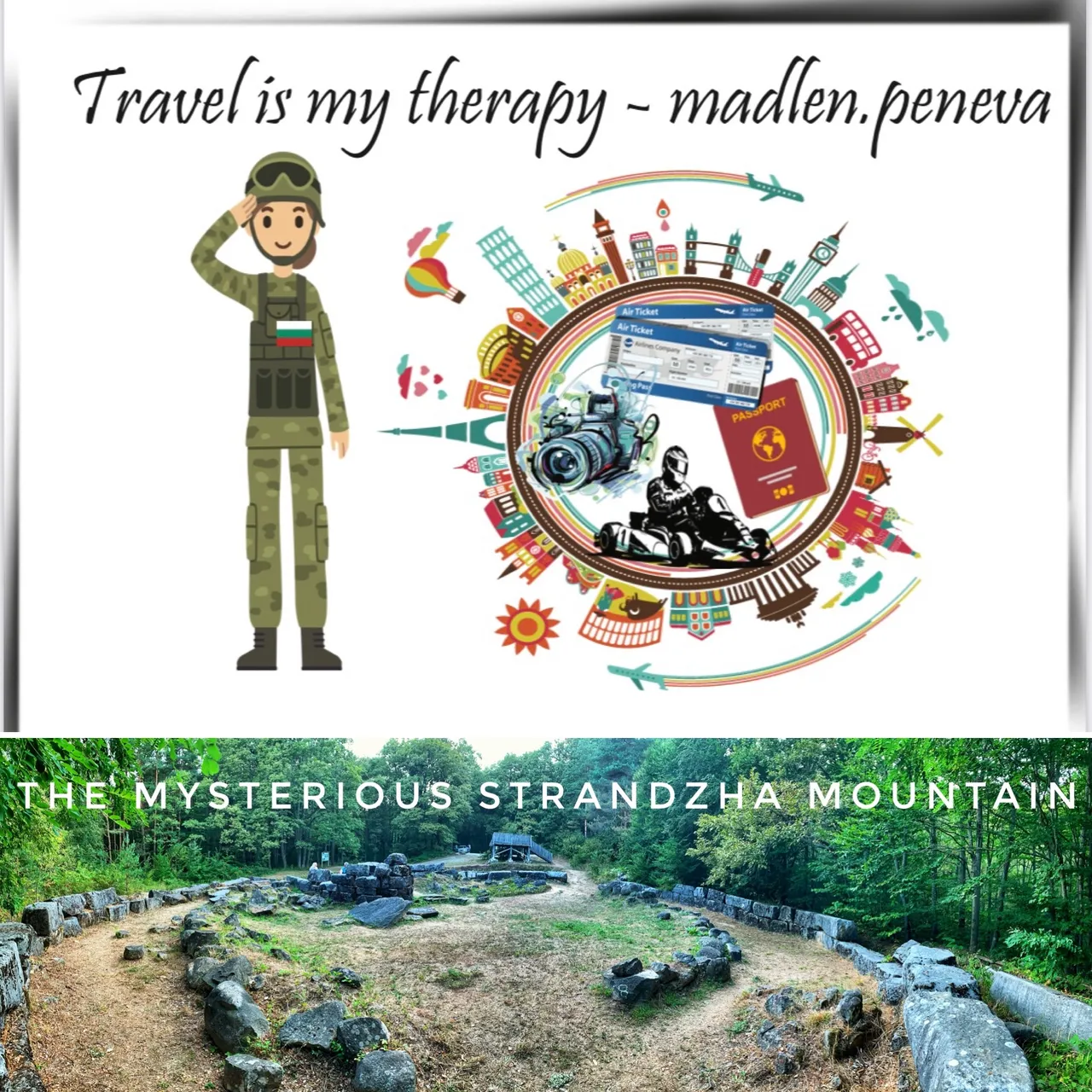
Kamaka area, Malko Tarnovo and in the footsteps of the Egyptian goddess Bastet
1)Kamaka area
It falls 11 km from Malko Tarnovo and 13 km from Gramatikovo. The turnoff is marked with a hard-to-see red marking on a tree. Just opposite the beginning of the path leading to the Thracian area, there is a parking lot where you can leave your car.
From there you start on foot along the path, which gradually becomes quite steep. After a distance of about 500 meters in front of you will reveal the area "Stone". It is located within a radius of about 300 meters. Two information boards have been placed at the beginning of the area, but they have not been able to withstand the weather. 😁
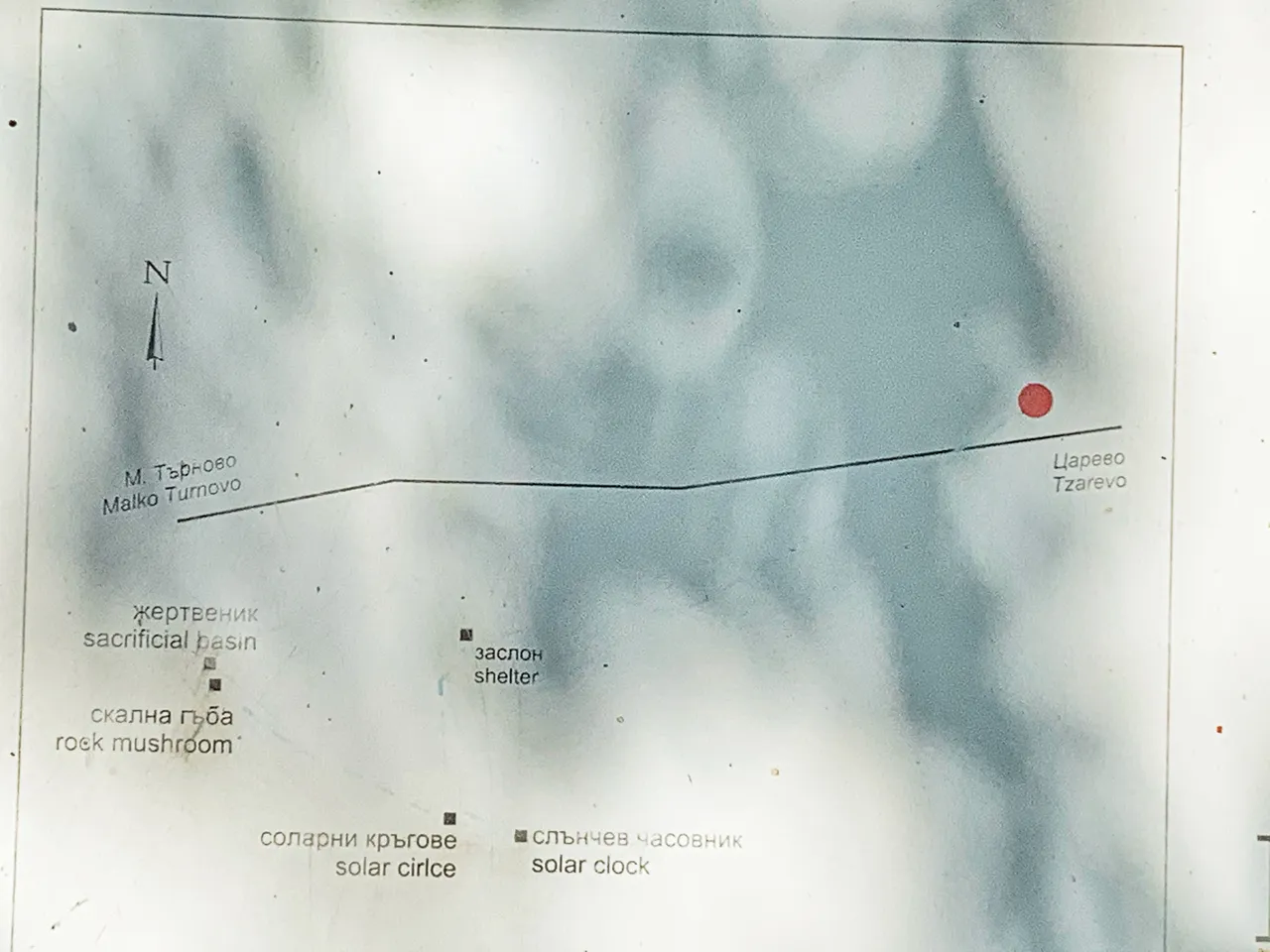
an old map
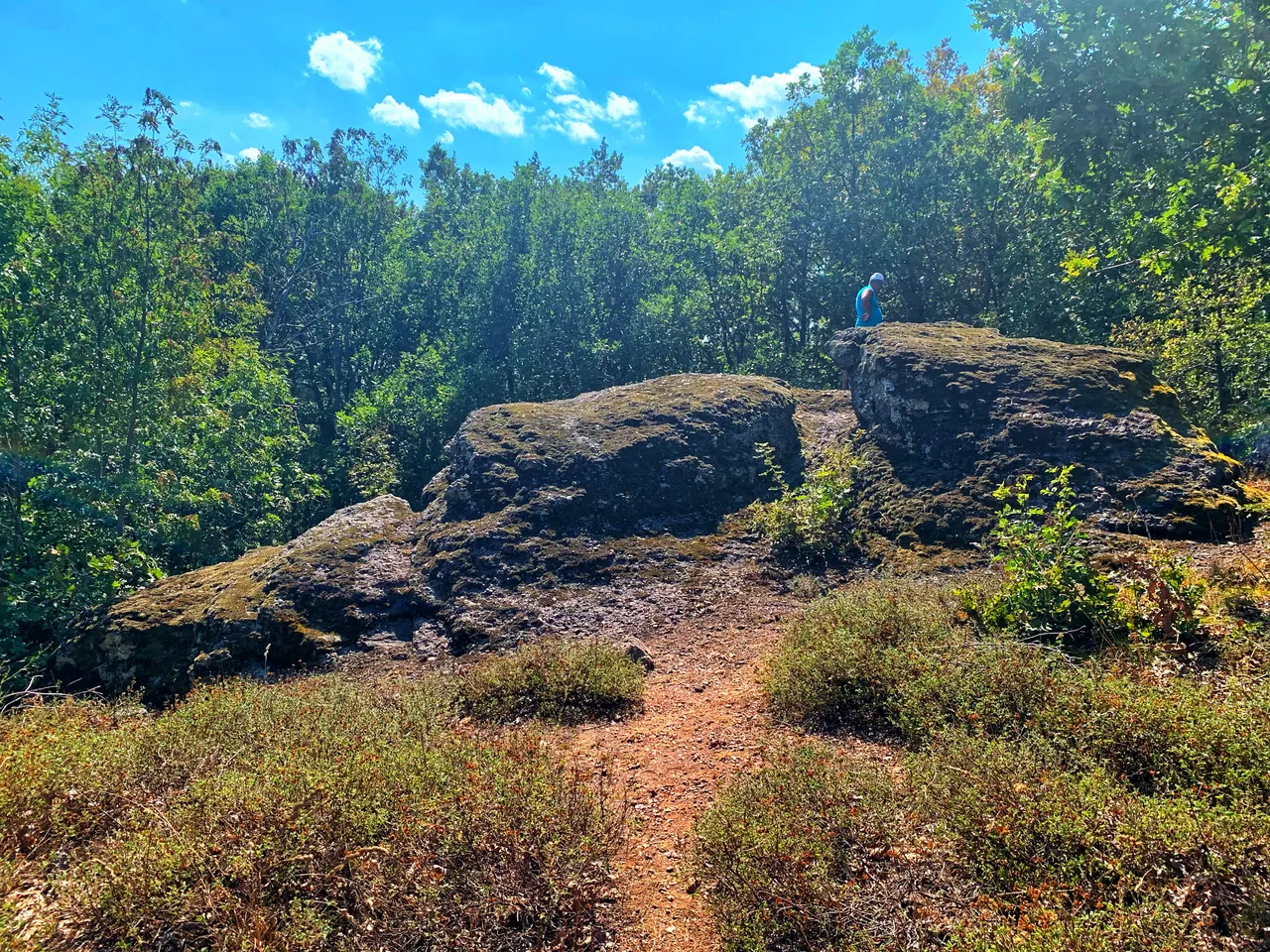
„Kamaka“ is a Thracian rock sanctuary situated atop of distinctive metamorphic stone, which was used for mysterious Orphean rites shrouded in the passage of time that paid tribute to the Sun-Child and the Great Goddess Mother-Cosmos.
Worshipers who came to this spot in antiquity poured offerings which they considered sacred into man-made stone basins, including rain water, wine, honey, milk and blood. Into the surrounding rock, they carved sacrosanct representations of the Sun and the Moon, as well as what appears to be an ancient solar clock.
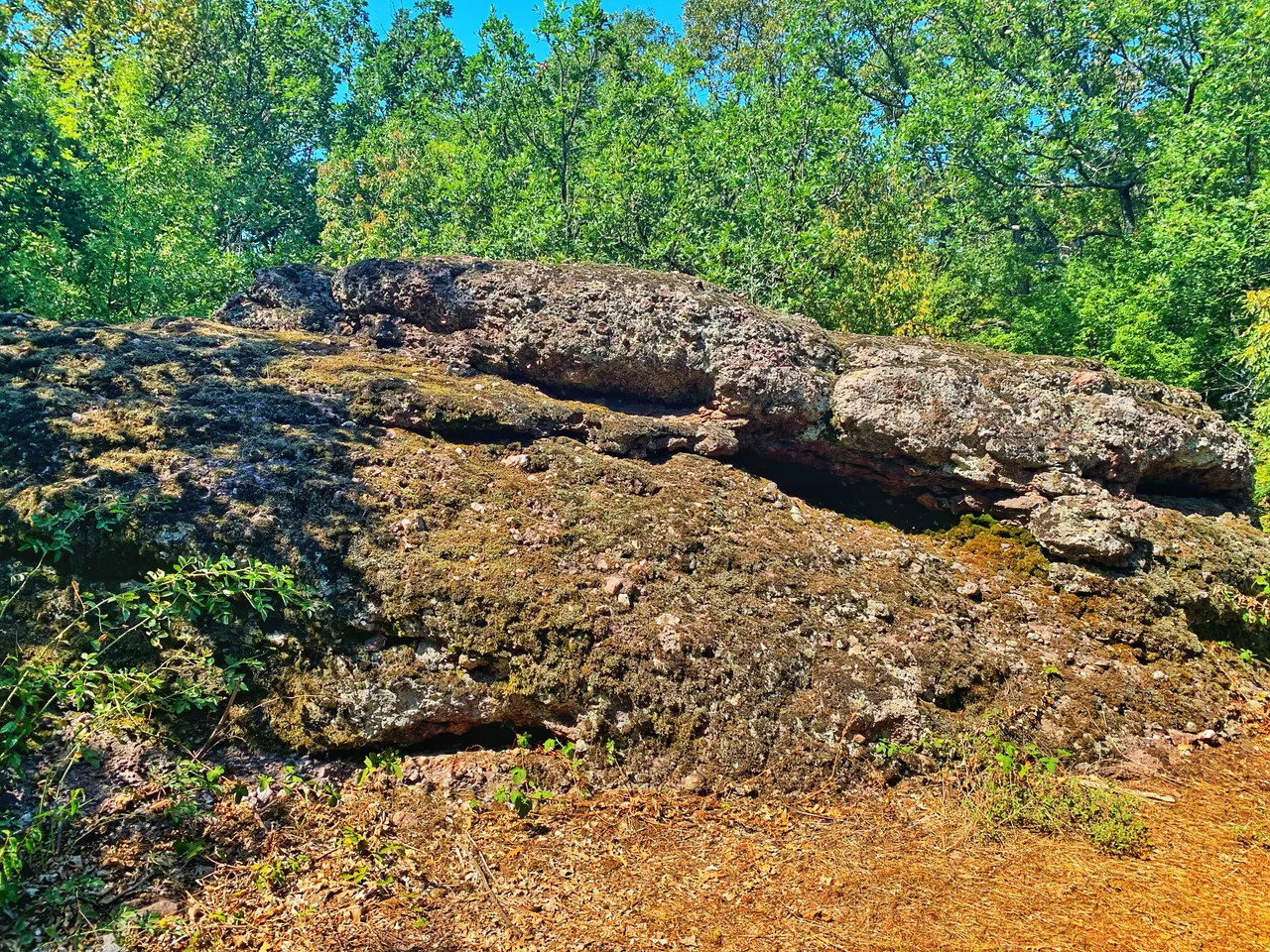
Archeological investigations of the sanctuary indicate that as early 3000 years ago, Thracian worshipers were congregating in this place to observe the rise of the Sun-God on the summer solstice, and may have used the site to celebrate other events important to their culture.
In our time, the sanctity of this ancient rock sanctuary is preserved in the belief that passing through the hallowed rock crevices, in particular that of the large stone „mushroom“ will assure health and happiness throughout the year.
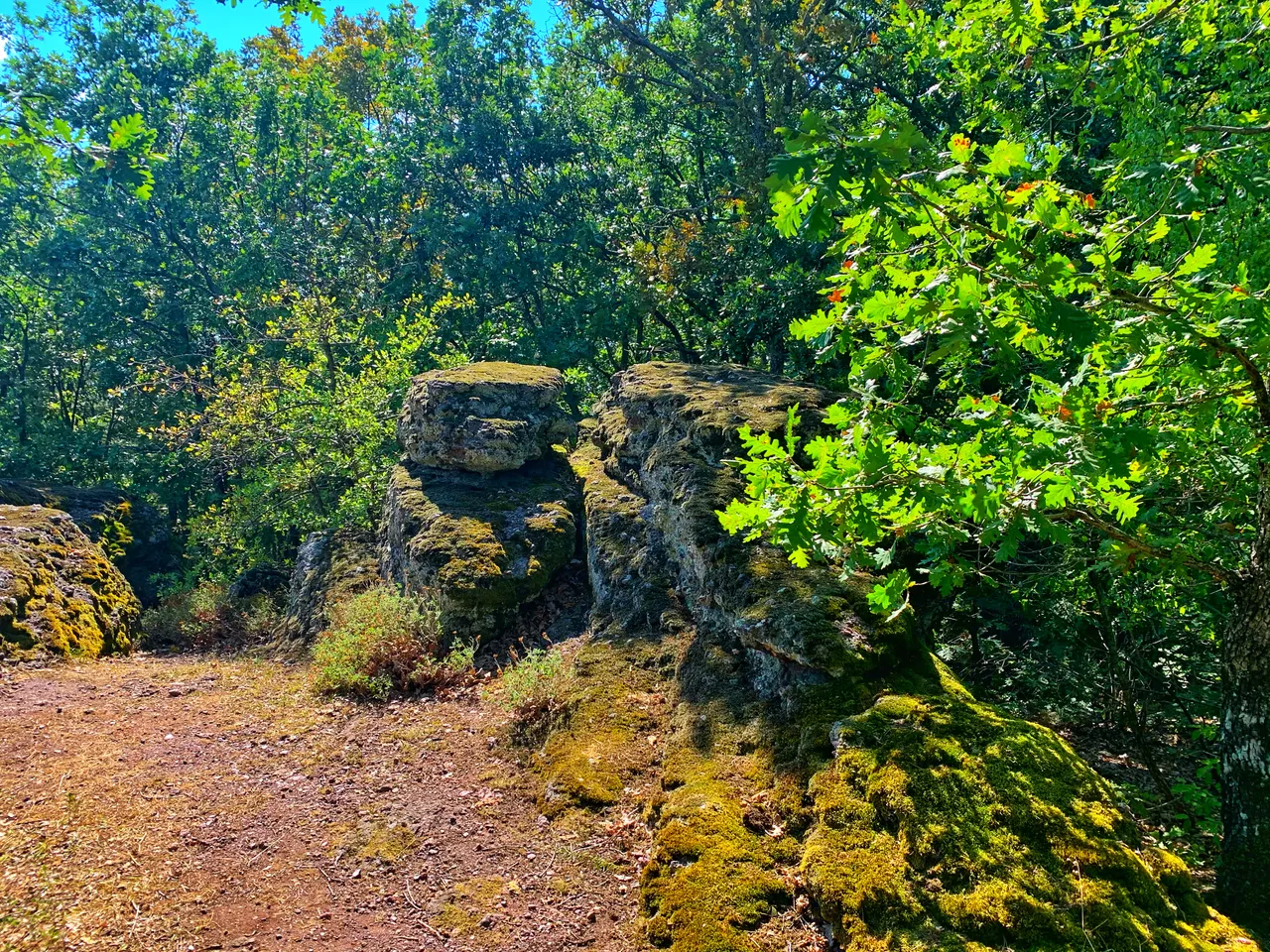
This unique Thracian sanctuary is a complex of cut in the rock circles – small and big, protruding and coved, single and in groups and a number of small round basins hollowed out. At the west part of the area there is a natural phenomenon with a form of a mushroom – at the top you could see a basin, but at the foot of it there is a cleft where the sins were purged away. It is considered that the magnetic rock ensemble is connected to the sunny cult and it is devoted to the God-Sun. At this place the ancient Thracians made their mystic rituals and sacrifices).
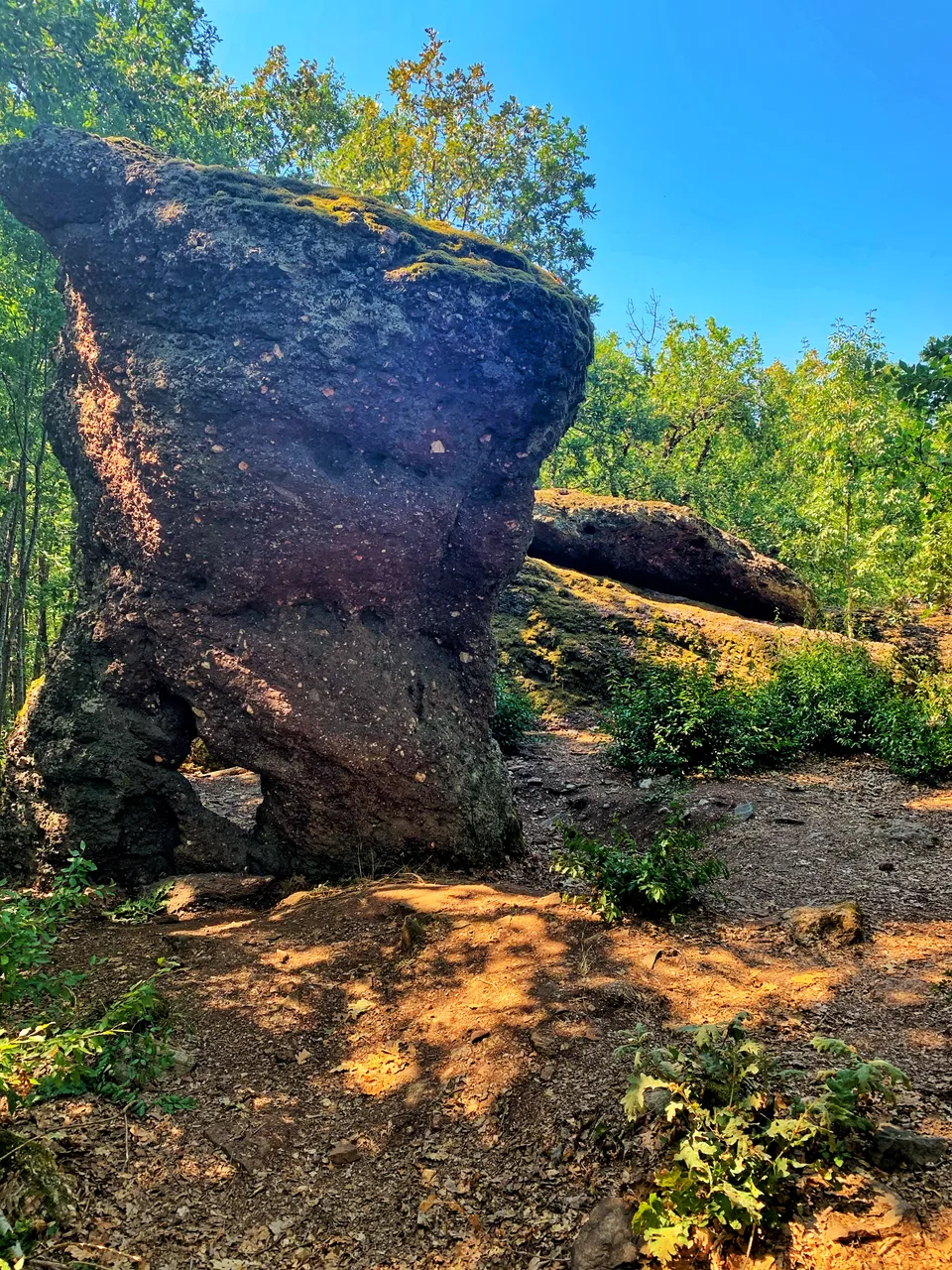
After exploring the area "Stone" we headed to the town of Malko Tarnovo. Located in the central part of Strandzha Mountain, the town is only 2000 people and is located only 9 km from the Malko Tarnovo border checkpoint, which connects Bulgaria with our southern neighbor - Turkey.
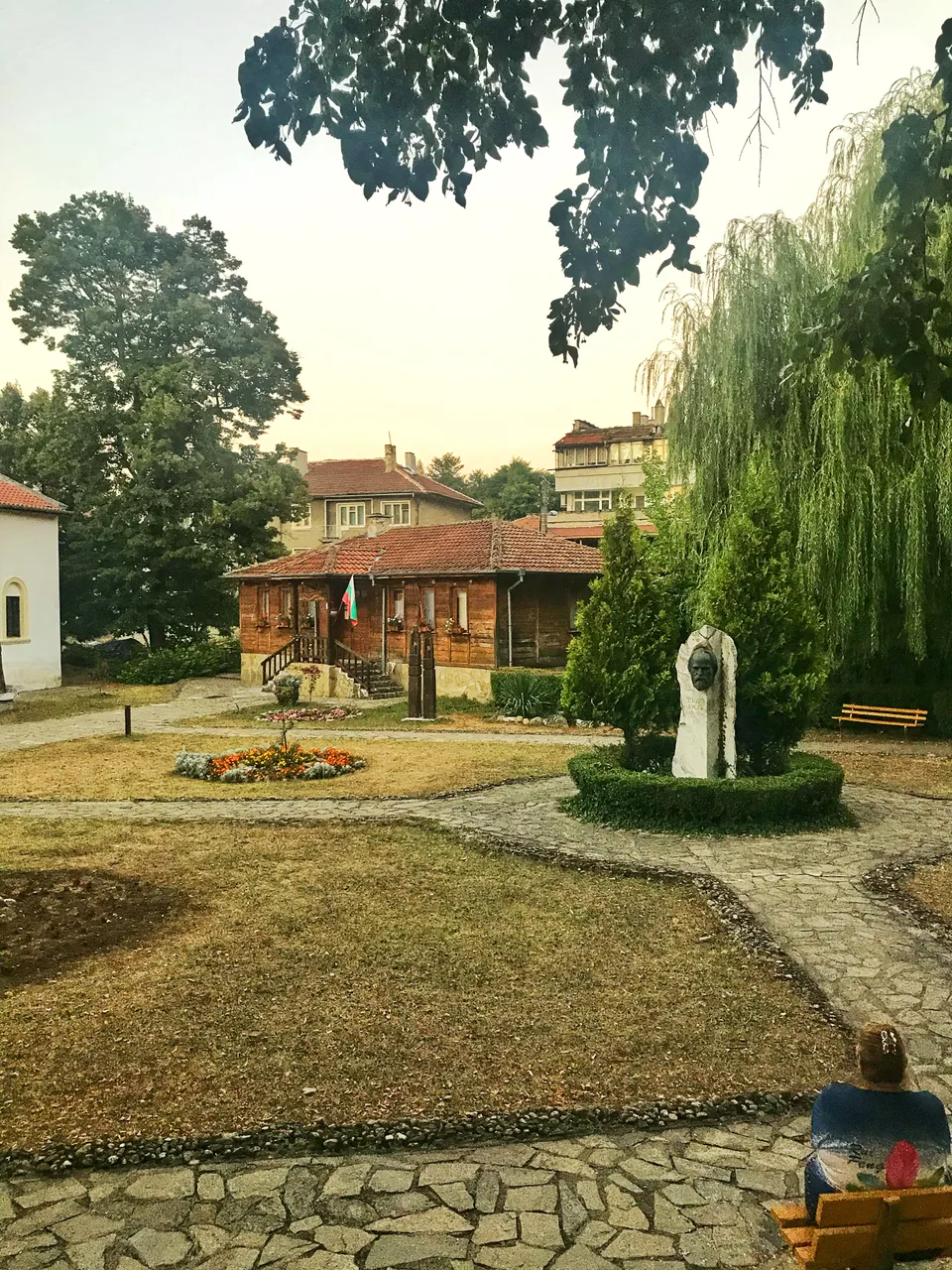
Center of Malko Tarnovo
The main attraction in the city are the three museums - archaeological, historical and natural history.
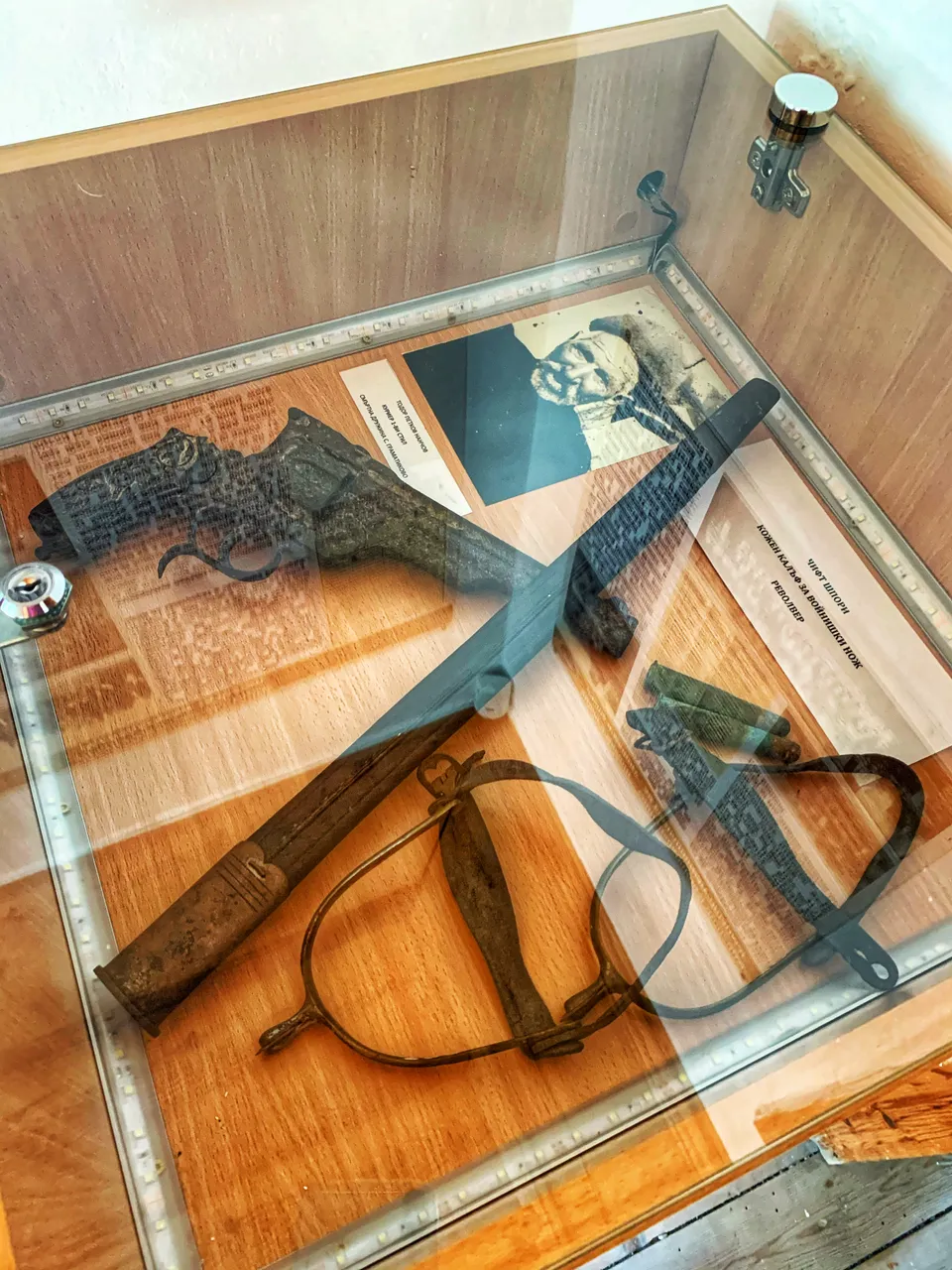
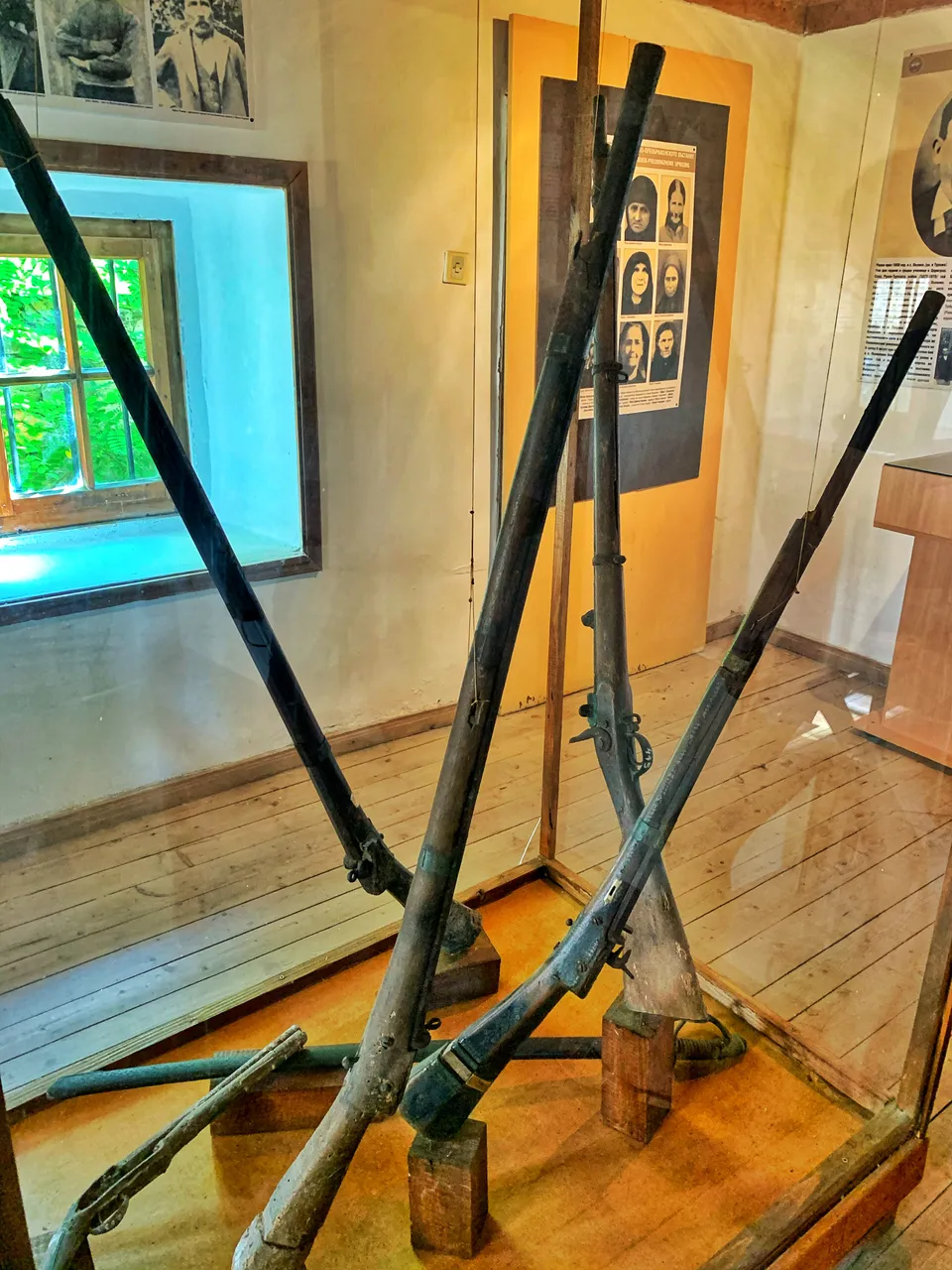
I personally advise you to visit the Historical Museum, which presents 5 exhibits located in three Strandzha Revival houses: archeology, modern and contemporary history, icon painting, ethnography and nature.
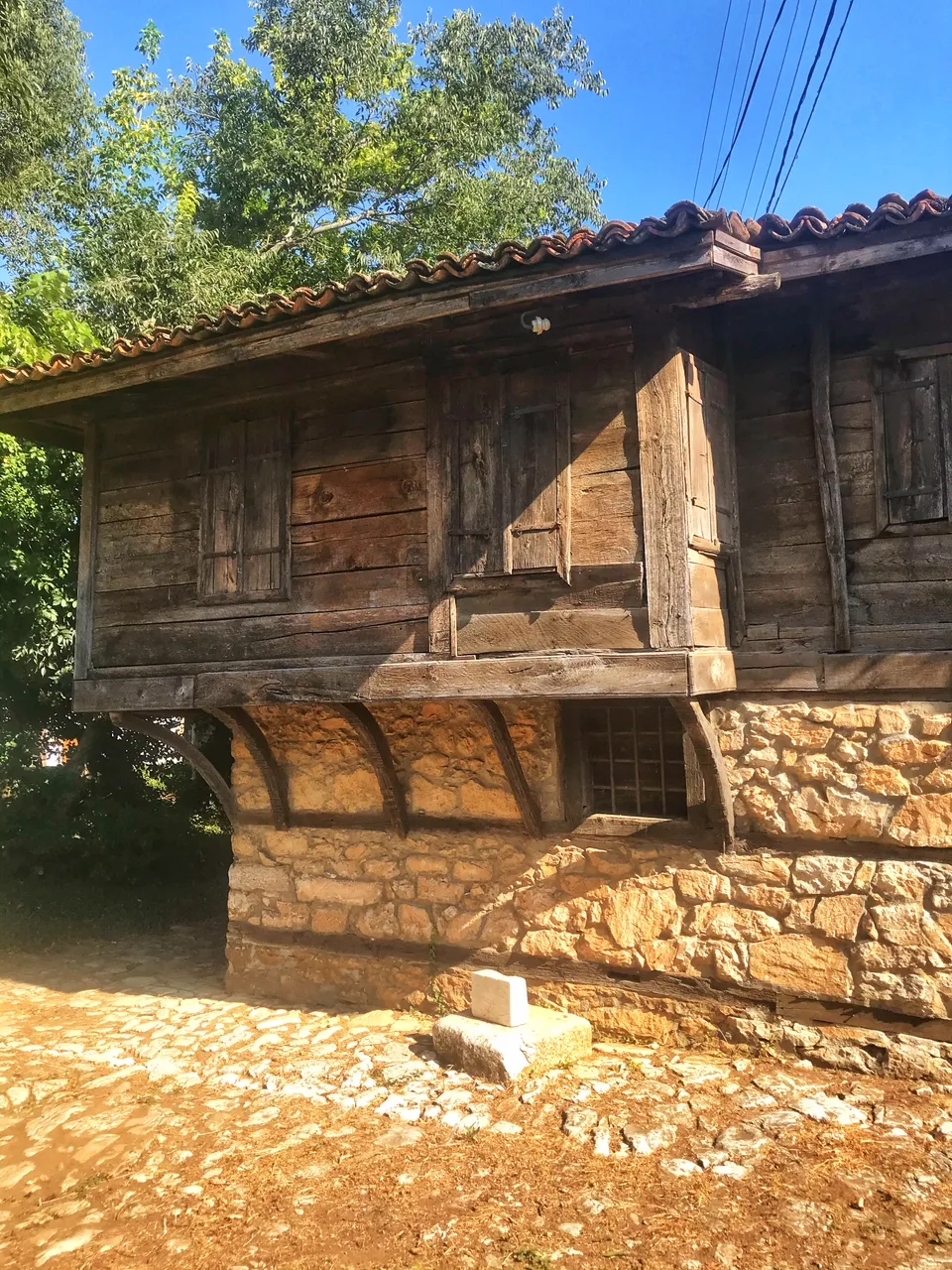
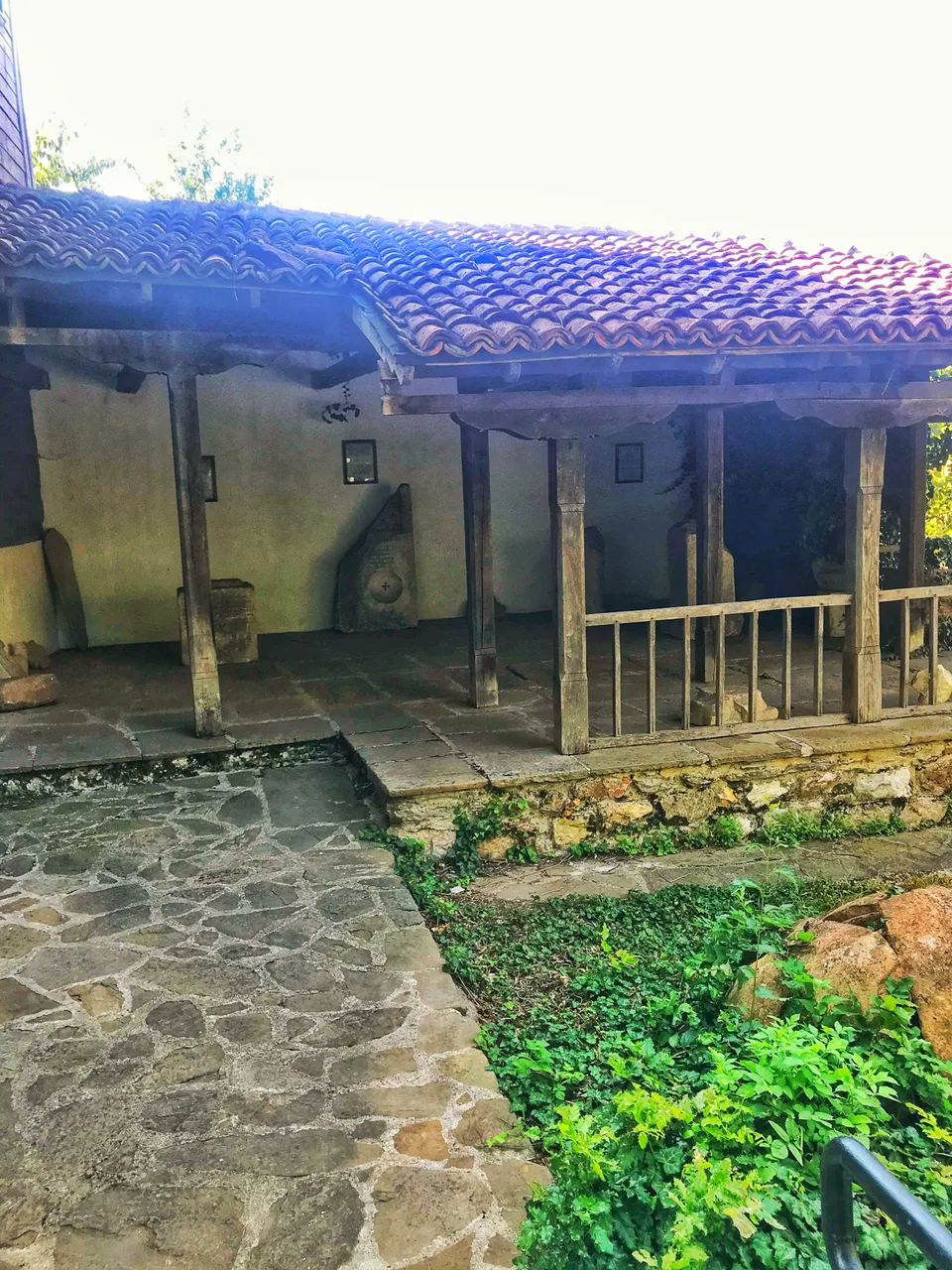
The next day we decided to visit one of the most mythical
places in Bulgaria, also called the tomb of the Egyptian goddess Bastet.
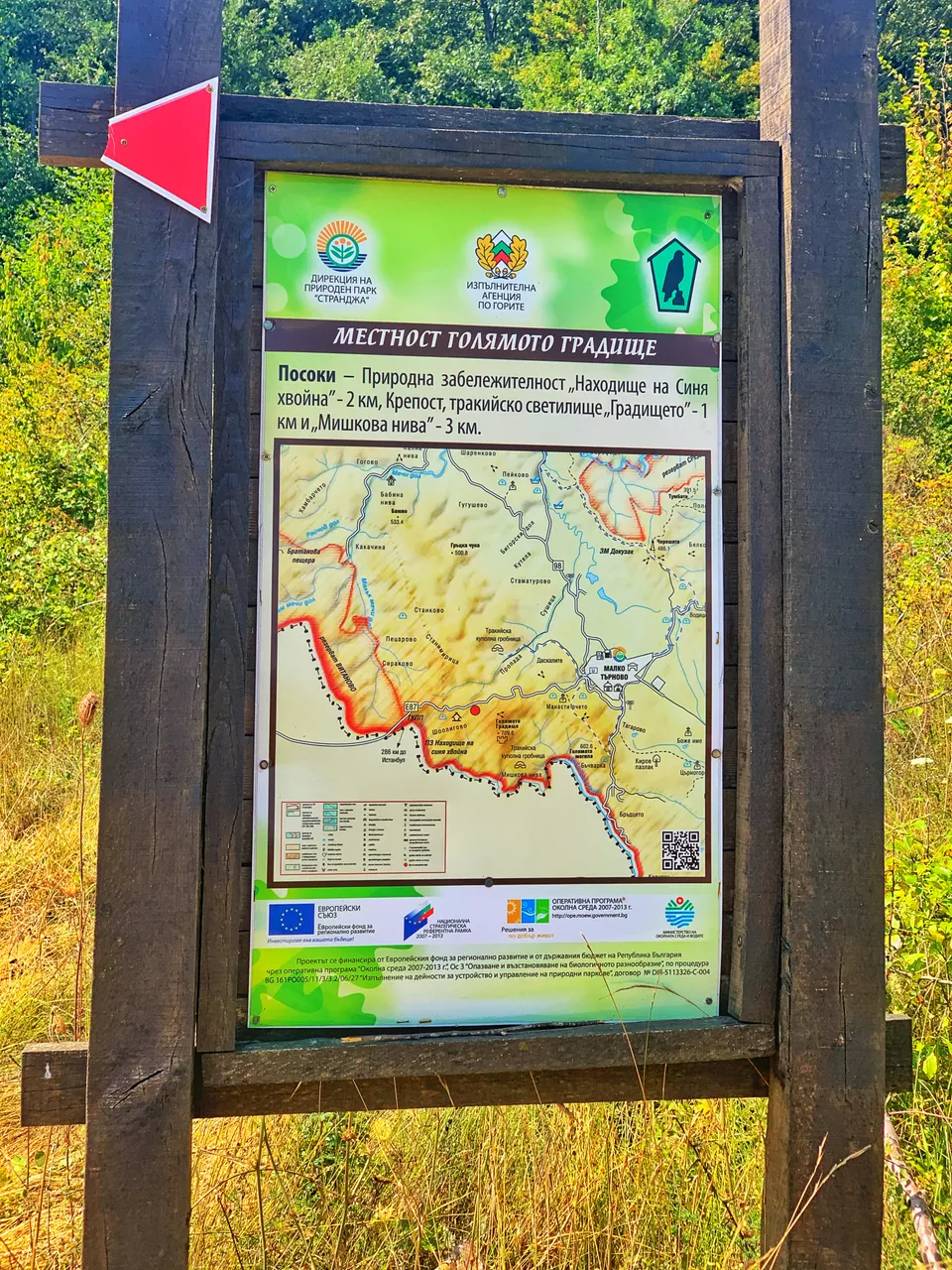
Map of the region
In 1981, with the discovery of a map of animal skin and incomprehensible ancient signs. It is said that the ancient drawing is Turkish and inexplicably falls into the hands of the famous treasurer in the area Mustafa.
It is said that the treasurer took a risky step and brought the card to Lyudmila Zhivkova - chairman of the Committee for Culture and First Lady in the country in those years(daughter of Tudor Zhivkov- the president of 🇧🇬)
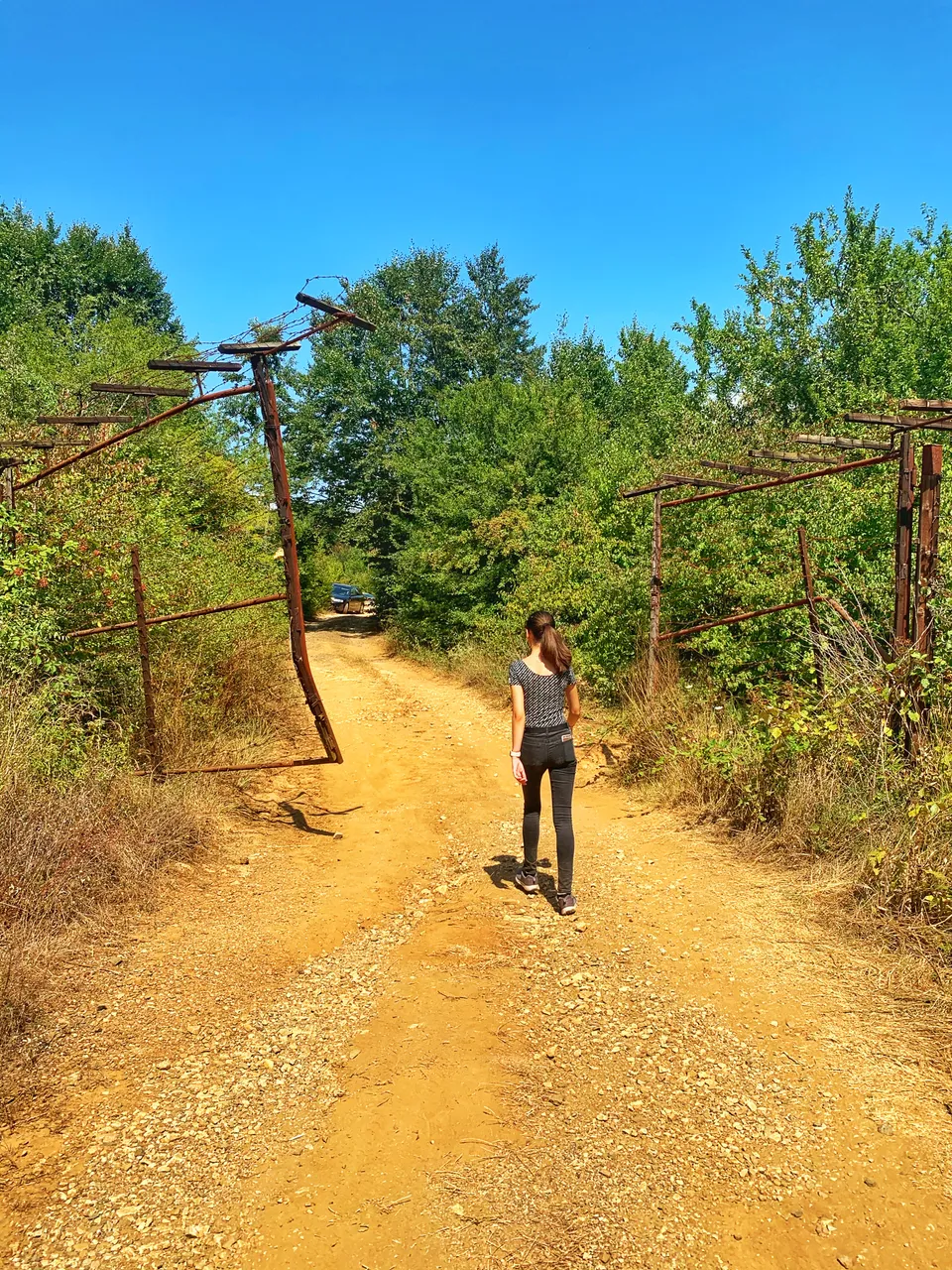
Mustafa shared with Ludmila very interesting information - the piece of leather describes an area in Strandzha, where the mysterious necropolis of the Egyptian cat goddess Bastet is located.
At first glance, such information seemed incredible. The treasurer pointed out the exact place and why it was covered with mystical charm.
It was in the area "Saddle", between the Strandzha peaks Golyamo and Malko Gradishte, near the border.
Lyudmila Zhivkova, who had a deep interest in the occult, visited India many times, was associated with Roerich and was interested in secret teachings, in general, is very impressed.
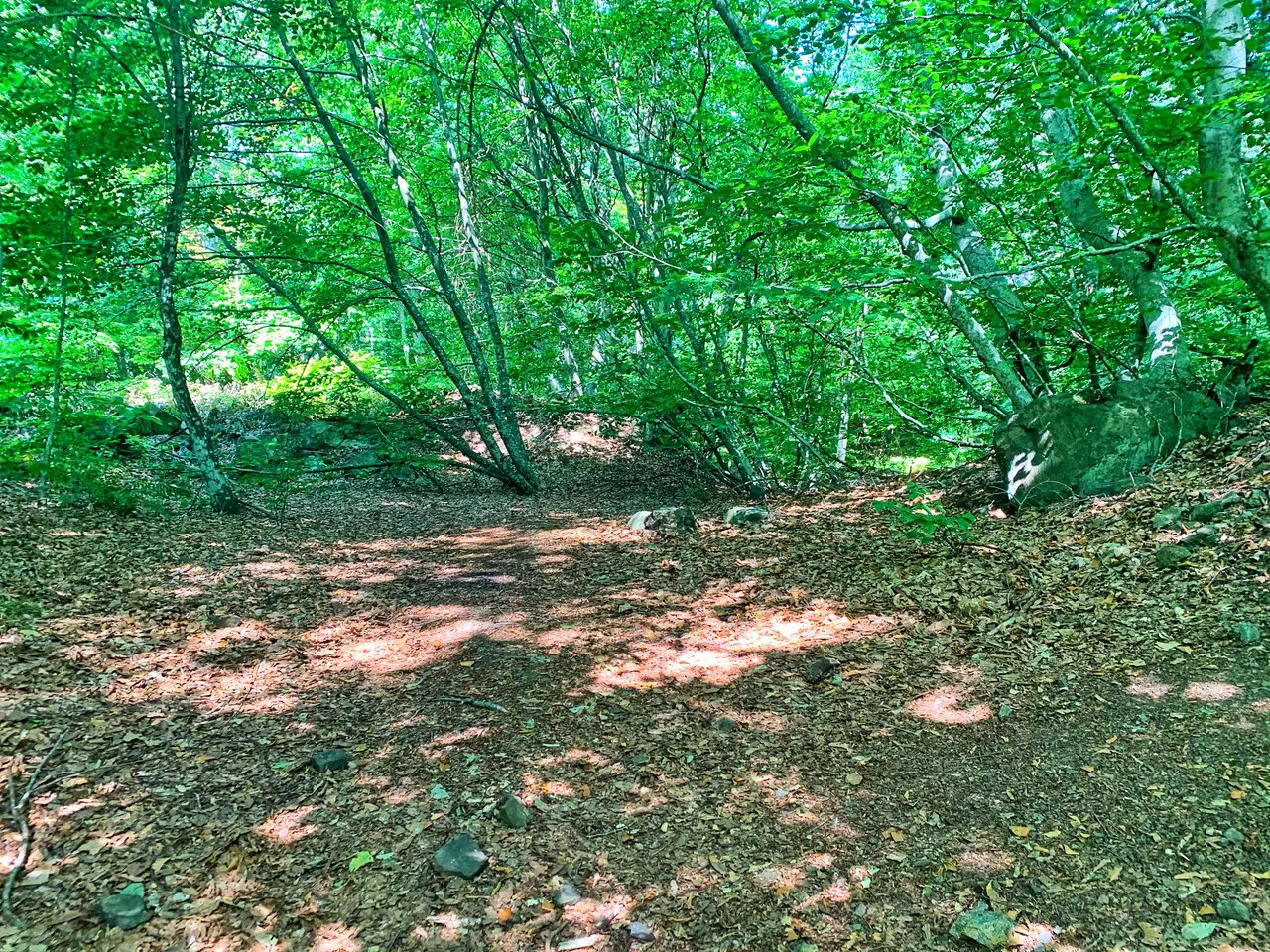
Most scholars were too skeptical of the treasure trove. However, some of Lyudmila Zhivkova's relatives took the mysterious information to heart.
Moreover, near the mentioned place, in the area of Mishkova niva is located one of the most interesting Thracian domed tombs in Strandzha.

Again on the Saddle there is an ancient mine with two horizontal galleries. This is completely understandable, given that the area was a center of mining during the Thracian period.
The place on the map over the years has remained out of the interest of archaeologists. It is actually a rock on which two curved lines can be seen when staring. According to locals, there is also an opening in which the silhouette of the Egyptian goddess-cat appears on certain dates.
For more information, the map was taken to the famous prophetess Vanga. According to eyewitnesses, she said:
"People from Egypt came by water a long, long time ago. They were tall and slender, with black hair, wearing masks on their faces, and were dressed in something like our mummers.”
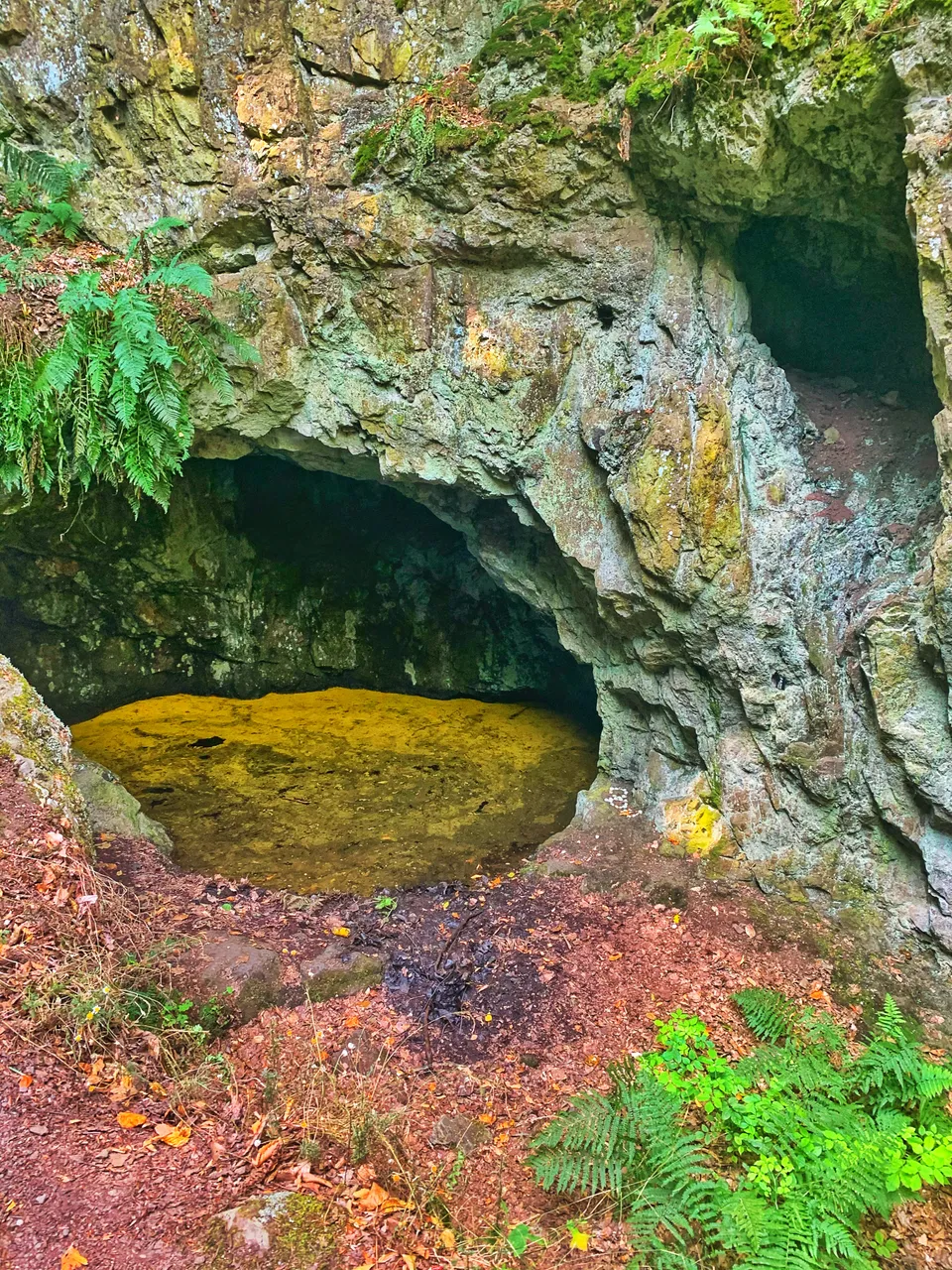
It is supposed that this is the place where the tomb of Bastet is located
Vanga said the map showed the location of the grave of a woman holding an alien scepter. Countless treasures are buried there - gold chunks, objects and weapons.
An ancient papyrus could be found next to the woman, explaining human history two thousand years ago and what would happen to humans two thousand years ahead.
According to the prophetess, the valuables were buried in six places, and the people who brought all this were in great danger, much blood was shed. Vanga pointed out that the place is sacred and has a special power and energy.
She also said something very important - she warned people not to touch and dig in the place.

Because a curse will meet anyone who tries to reveal the secret. Because at this moment Humanity is not ready for the great wisdom and power hidden in this place. And when it's ready, then the secret will be revealed.
Despite all the warnings, a large secret expedition is undertaken. The assumption is that the map has a plan of the rock tomb of the Egyptian queen Bastet, the demigoddess of "light in the dark", which was built on a cosmic architectural plan by the constellation Cepheus.
This tomb existed in space, and in Strandzha was its mirror image. According to the plan, it consisted of a secret chamber, a simple chamber and an elliptical vestibule.
According to legend, Bastet was a half-goddess-half-human, a Thracian princess, who found herself in Ancient Egypt, who was buried in her native place after her death. It was 1.60 m high and wore a pharaoh's crown.
On her neck was a gold necklace and a coat of arms with an eagle and a snake. She always had a cat mask on her face. Those who worshiped her also covered their faces with masks.
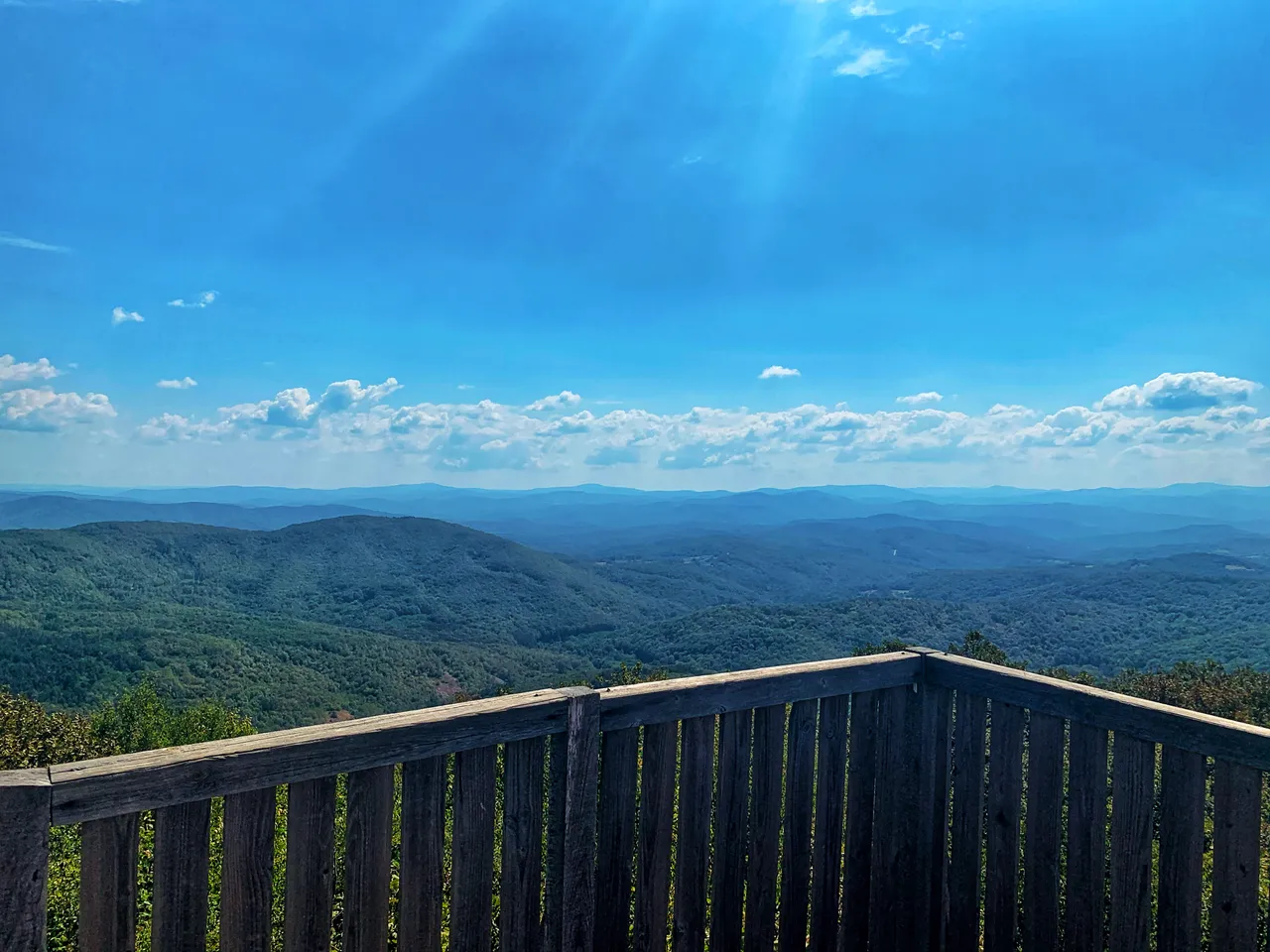
They were anointed and consecrated in the visible and invisible world. Her subjects buried her in Strandzha, because that was her last will.
The participants in the expedition were convinced that the place was charged with special energy and at a certain moment of the year on the rock you can see a glow and two figures.
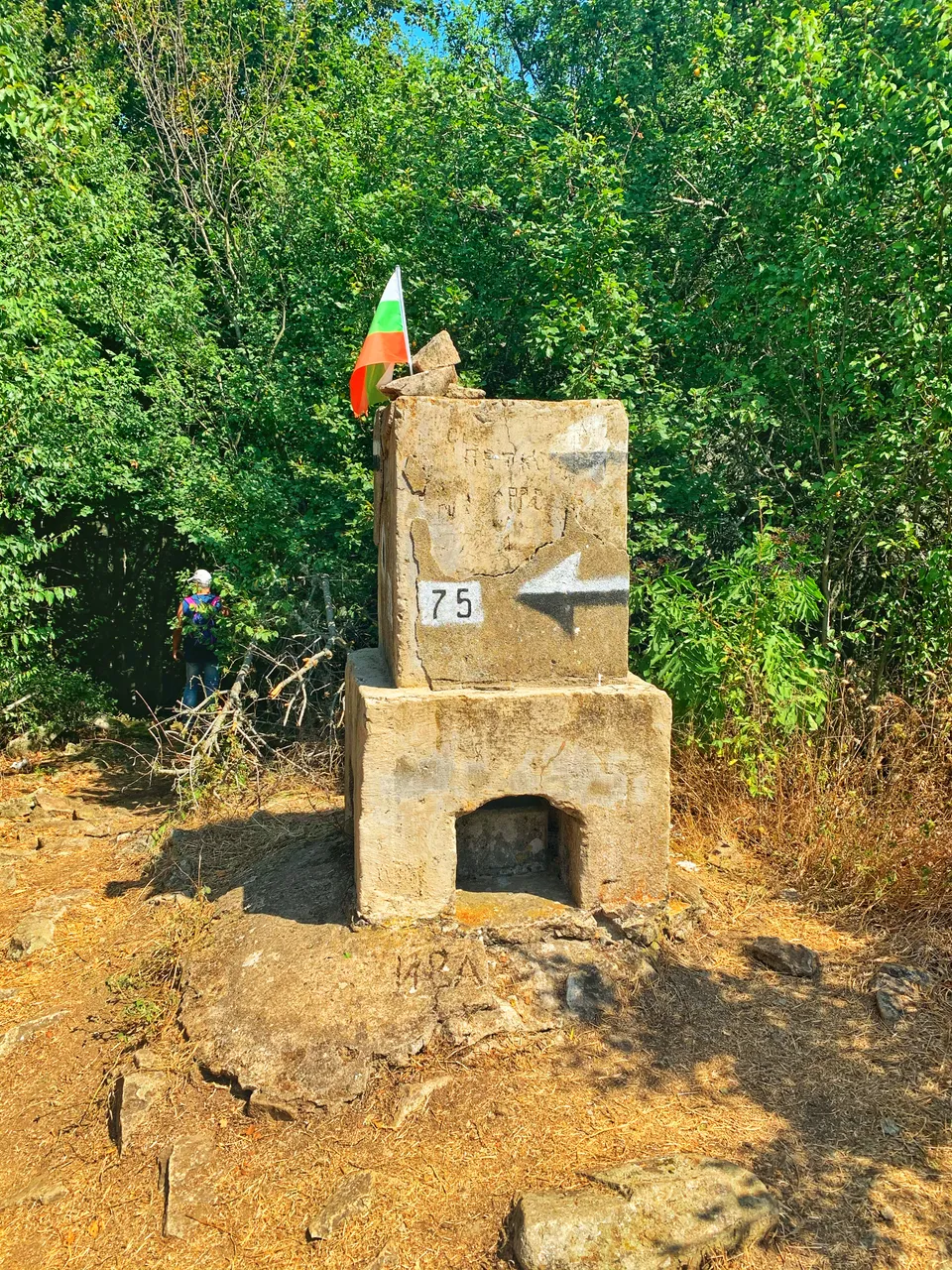
The highest peak in Strandzha mountain
One of a man leaning back in a chair and ready to get up at any moment, and the other, more obscure, of a woman who seemed to be talking. Some locals say similar things.
Unfortunately, no documents were left from this expedition. There is no diary of research and findings, as is usually done.
One of the most interesting places near Malko Tarnovo is the sanctuary in the area of Mishkova niva.
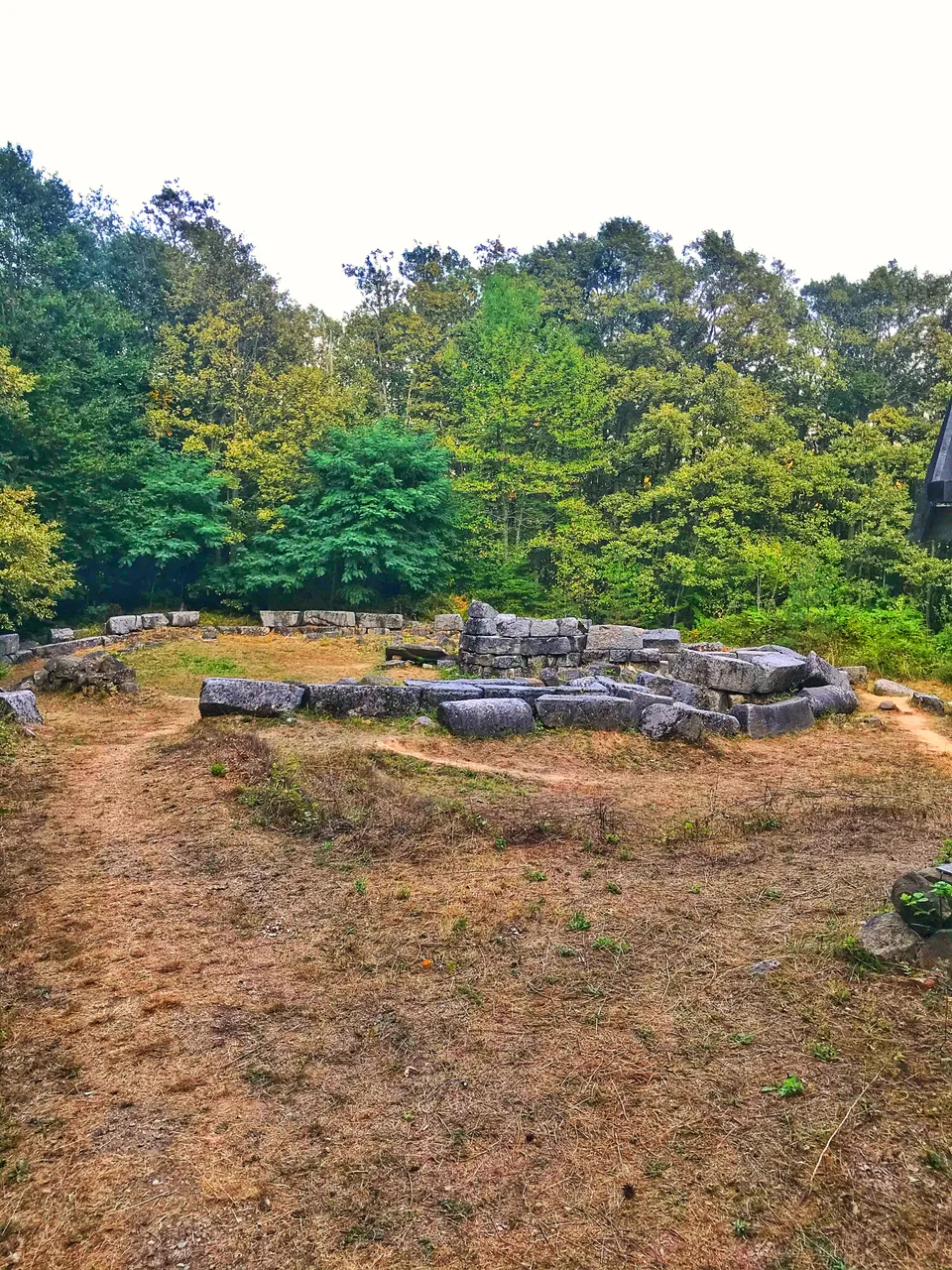
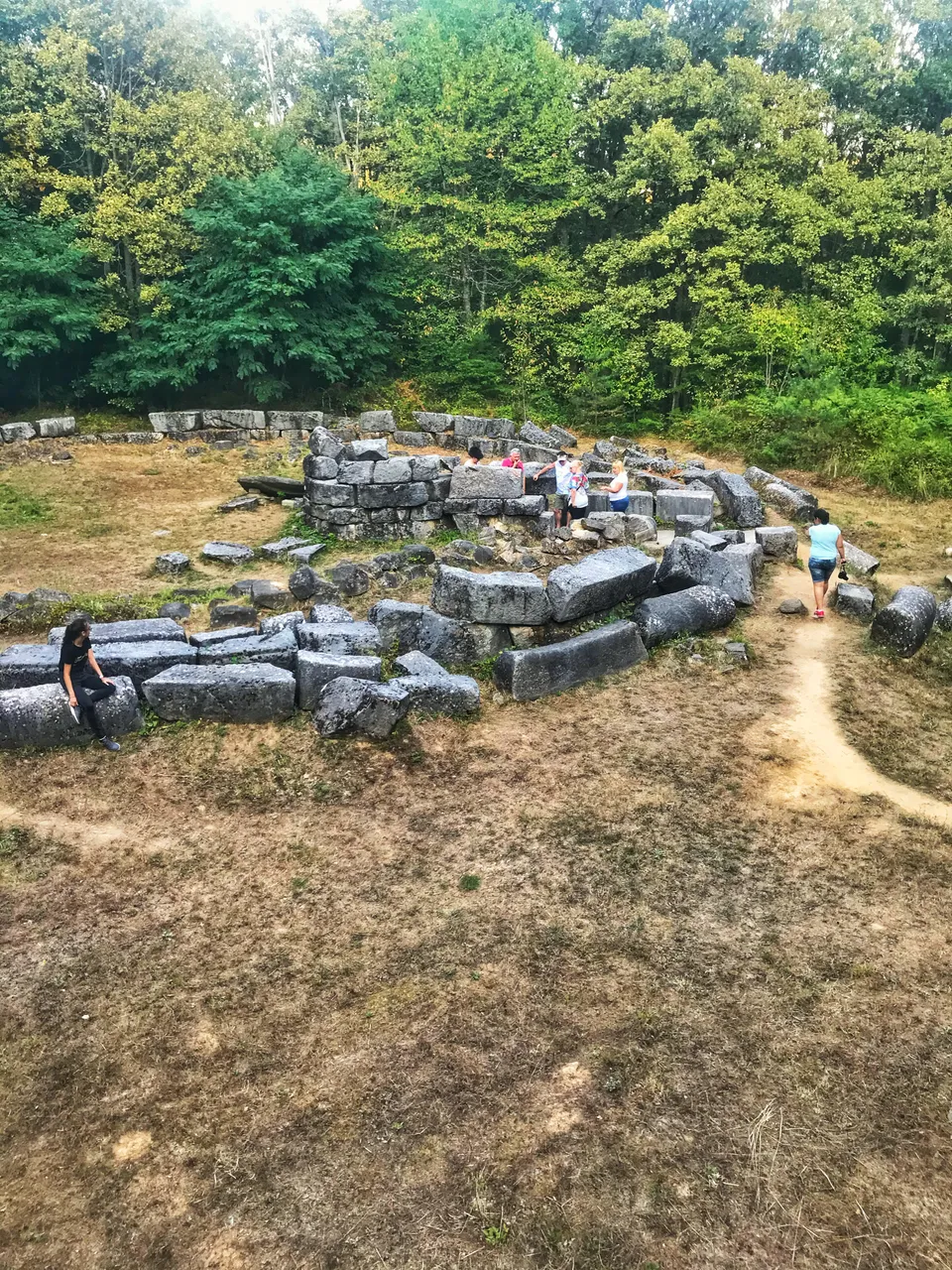
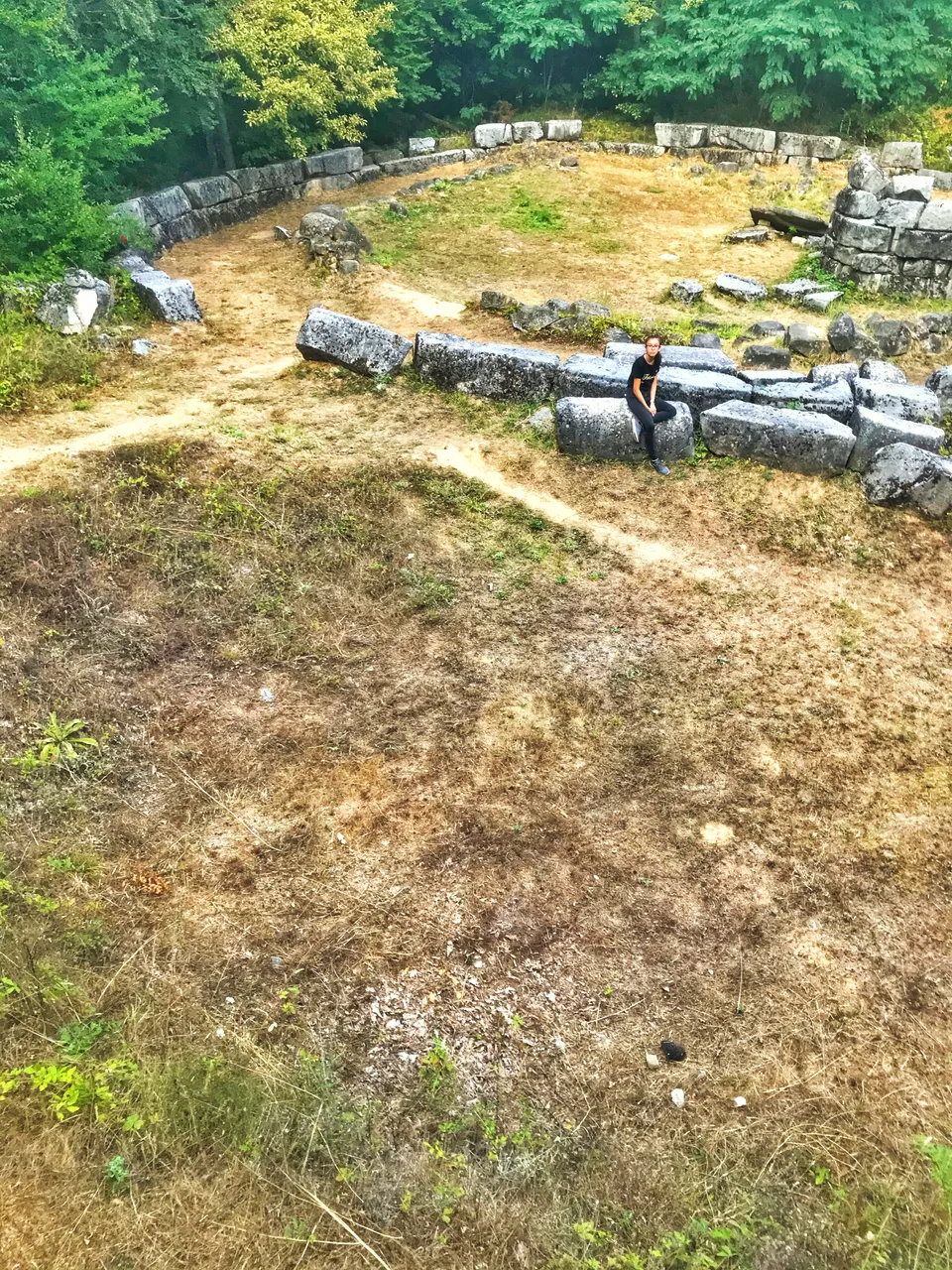
The sanctuary in Mishkova niva is one of the oldest ancient Thracian sanctuaries in Strandzha. In addition, the domed temple, which is a kind of center of the sanctuary is unique in terms of architecture and in the words of Prof. Peter Delev, one of the main researchers of the sanctuary, "has no direct analogies and ranks among the important monuments of tomb construction in Thrace during the Roman imperial age.
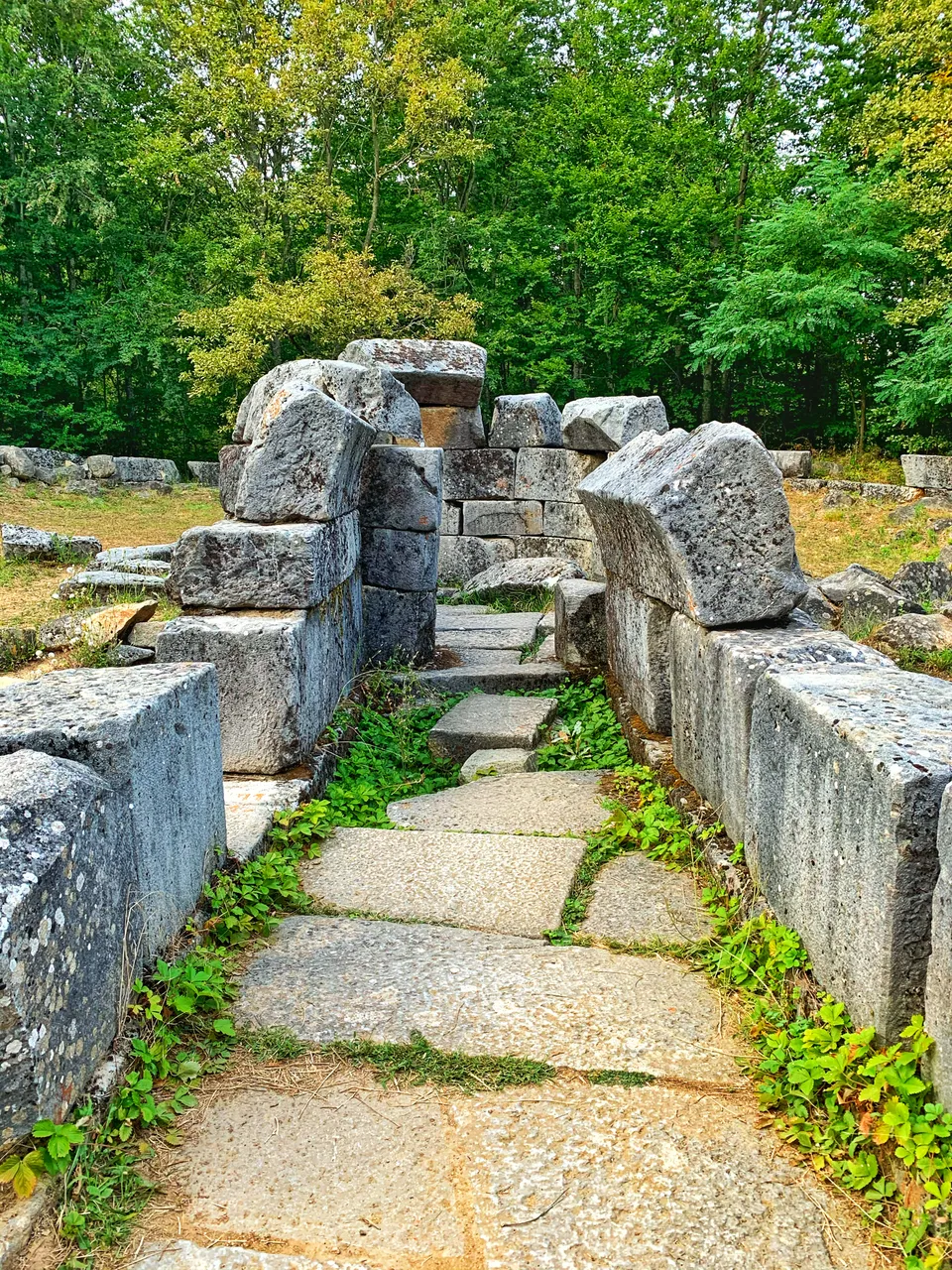
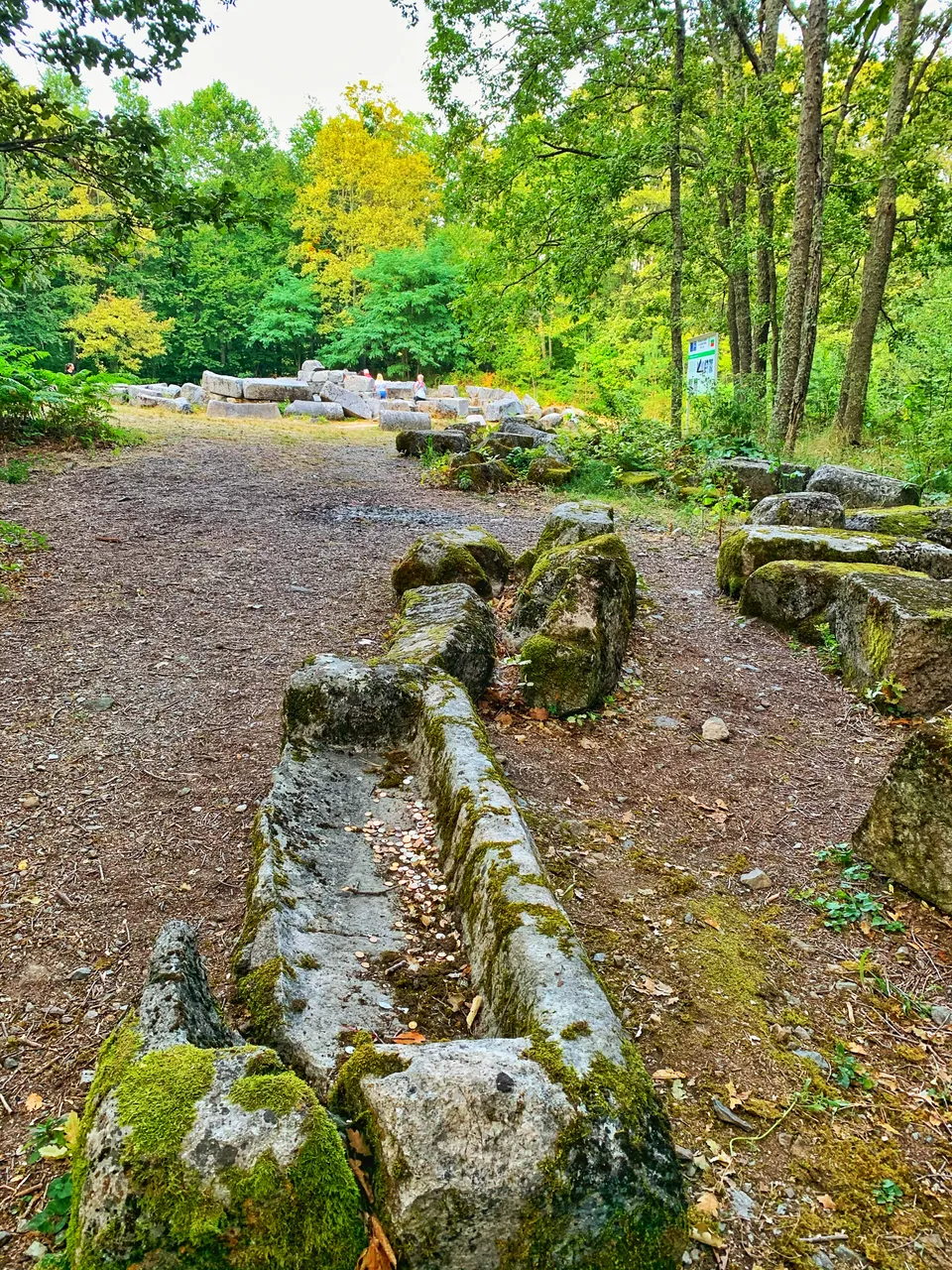
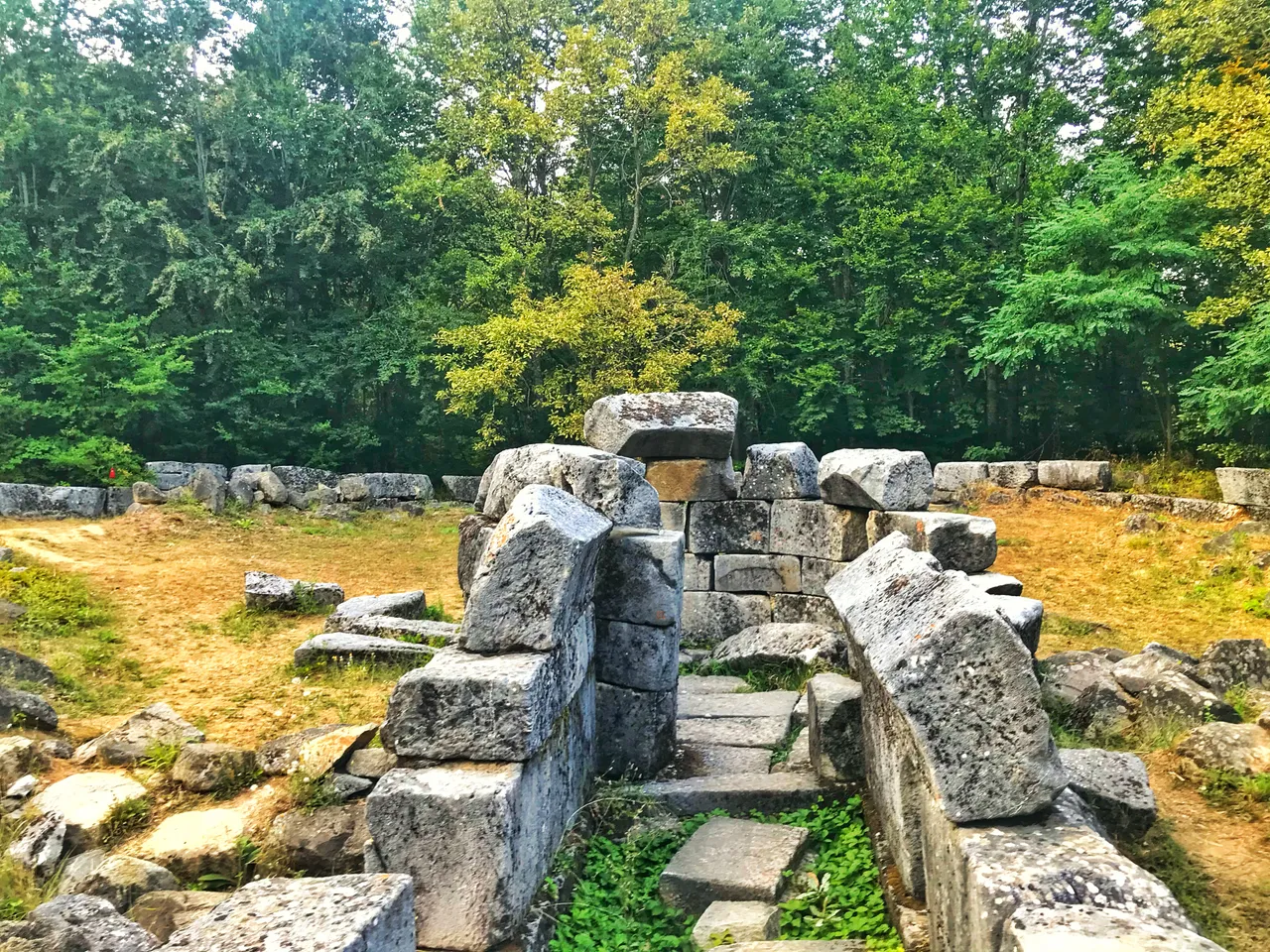
" In 2014, Mishkova Niva was included in the list of the 11 most endangered monuments in Europe.
During the initial excavation of the tomb, almost no archeological materials were found, so the dating is based mainly on indirect considerations. According to the information board next to the sanctuary, the cult complex was used between the 5th and 3rd centuries BC. to the Roman imperial era 2-3rd century. At that time, the domed
temple was probably built.
